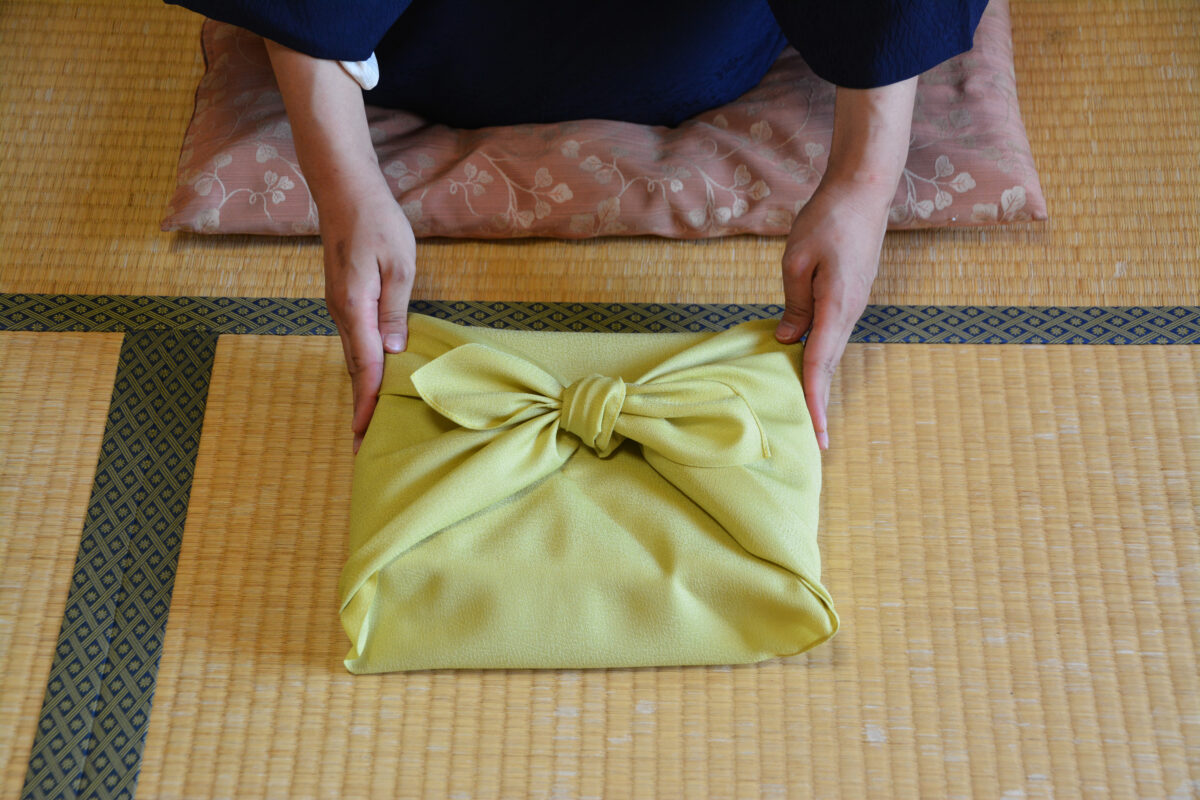The desire for sweetness when hungry or after a savory meal may be a universal feeling. As the perfect and delicious choice for such occasions, we would like to invite you to enjoy the traditional and deeply flavorful wagashi (our word for traditional Japanese sweets/confectionery), one of the most popular Japanese foods.
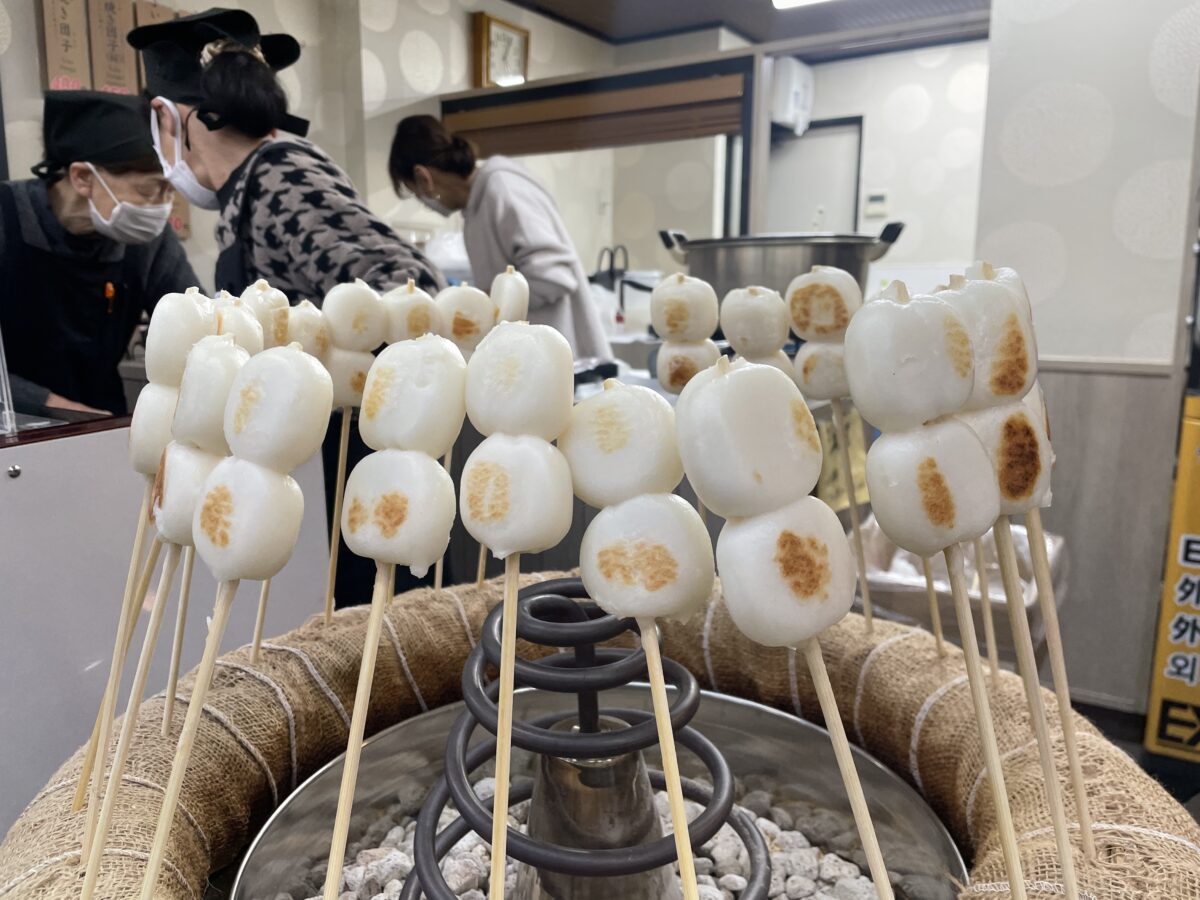
There are many variations of wagashi, and each one is made with care using methods and recipes handed down from ancient times.
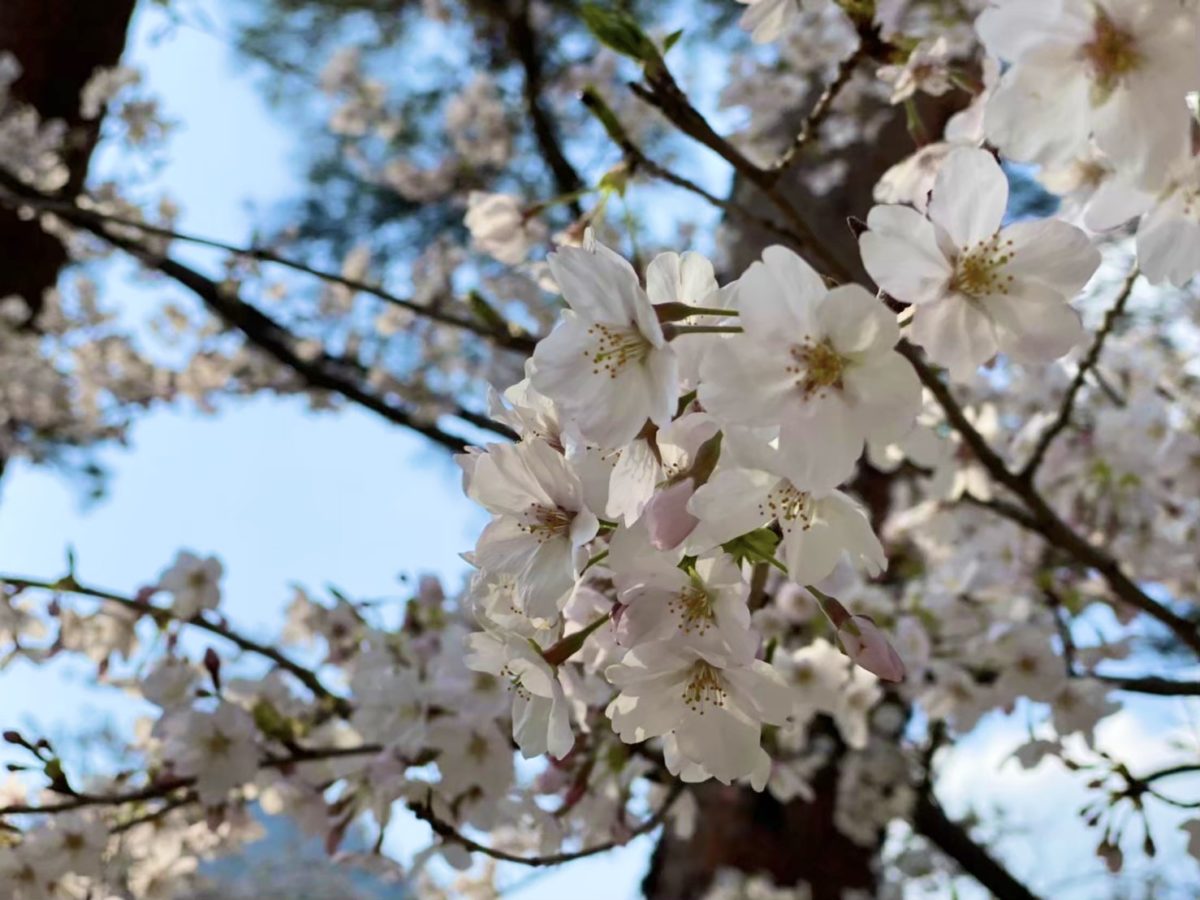
Wagashi, which take full advantage of the natural bounty of ingredients, are all products that allow you to feel the beauty and charm of the four seasons in Japan. They are available at reasonable prices.
In particular, wagashi that emphasize the sense of the seasons offer the pleasure of tasting the climate and history of Japan with flavors and appearances that are unique to the season. When you visit Japan, please experience the charm of these wagashi and feel the Japanese culture.
An essential ingredient in wagashi (Japanese sweets): Anko (red bean paste) 🫘
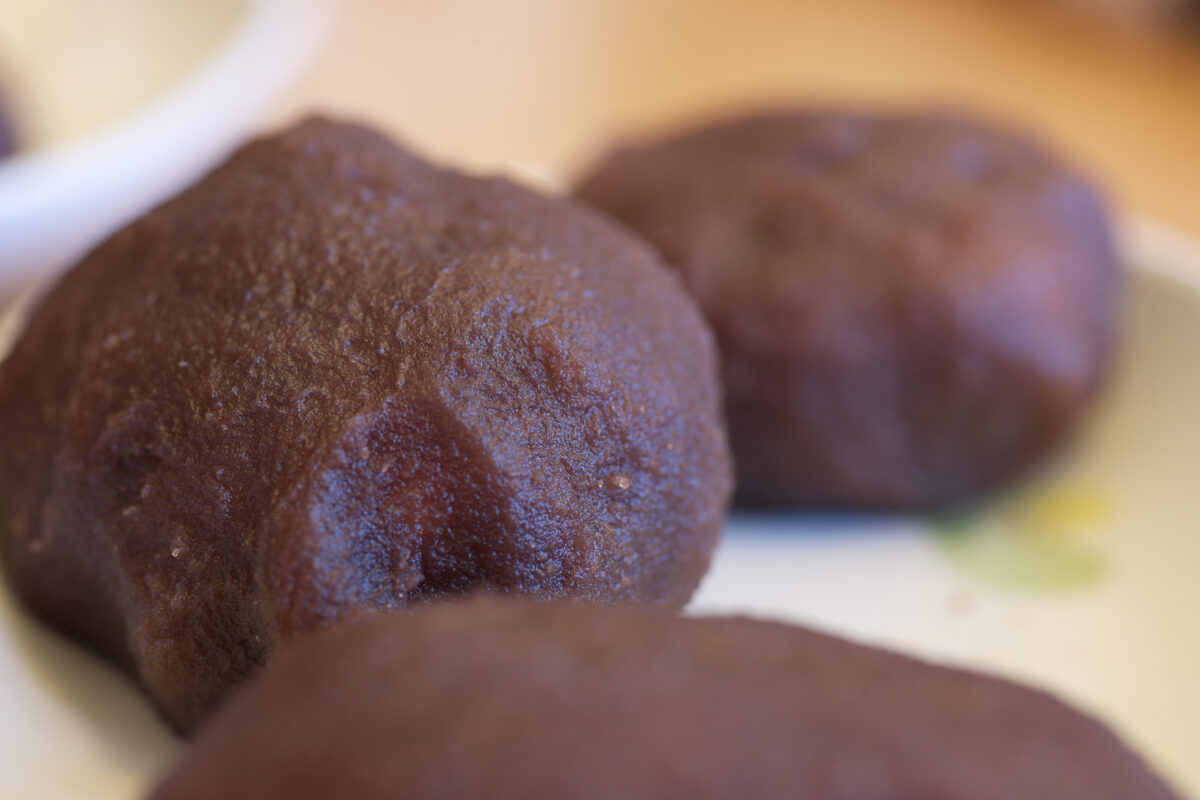
Many traditional confections contain anko, a traditional Japanese confectionary paste made by boiling azuki beans and mixing them with sugar.
Standard topping: Kinako (soybean flour)
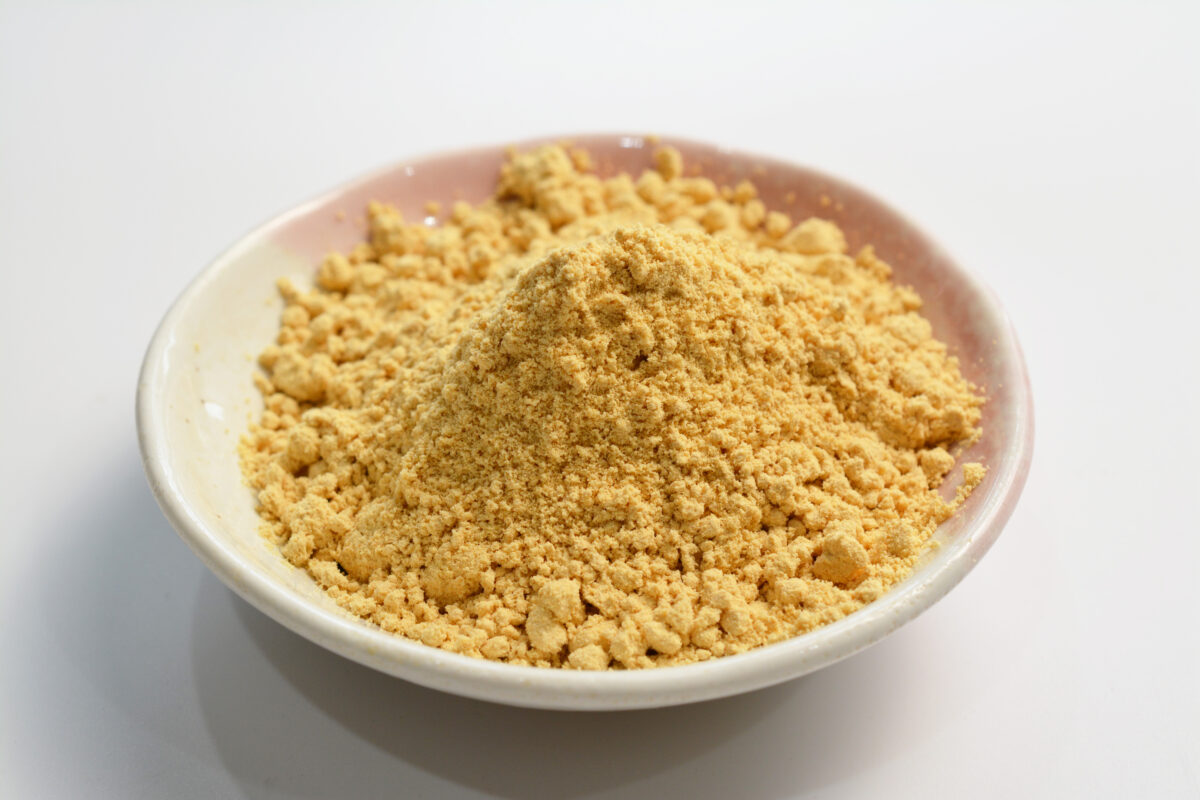
A powder made by roasting and grinding soybeans, kinako is a traditional Japanese ingredient. Often used as a topping or ingredient in sweet and Japanese sweets, it is a savory and nutritious food.
1. Taiyaki 🐟
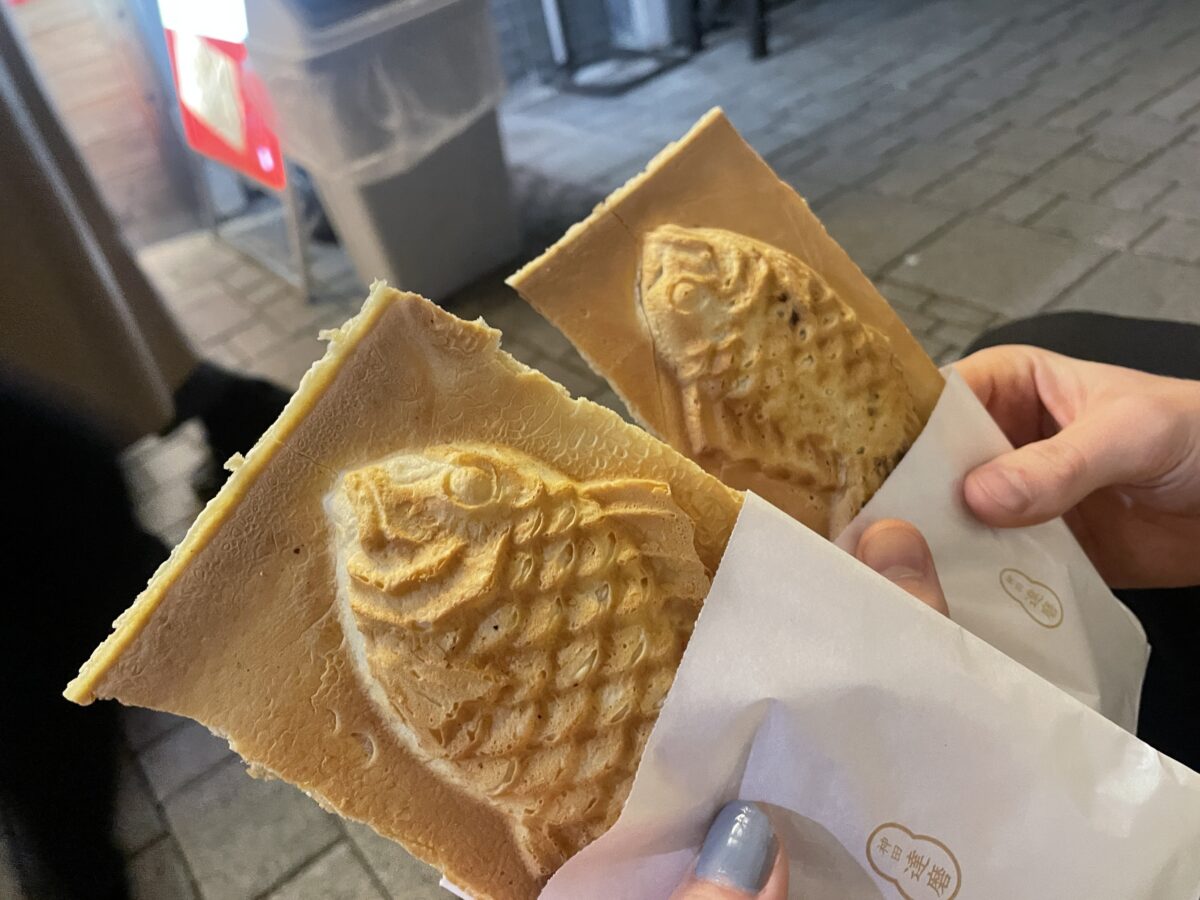
This cute confectionary is shaped like a sea bream, a symbol of good fortune. Despite its appearance, however, the filling is not fish, but rather soft, slightly sweet dough wrapped in anko, rich custard cream, or even chocolate.
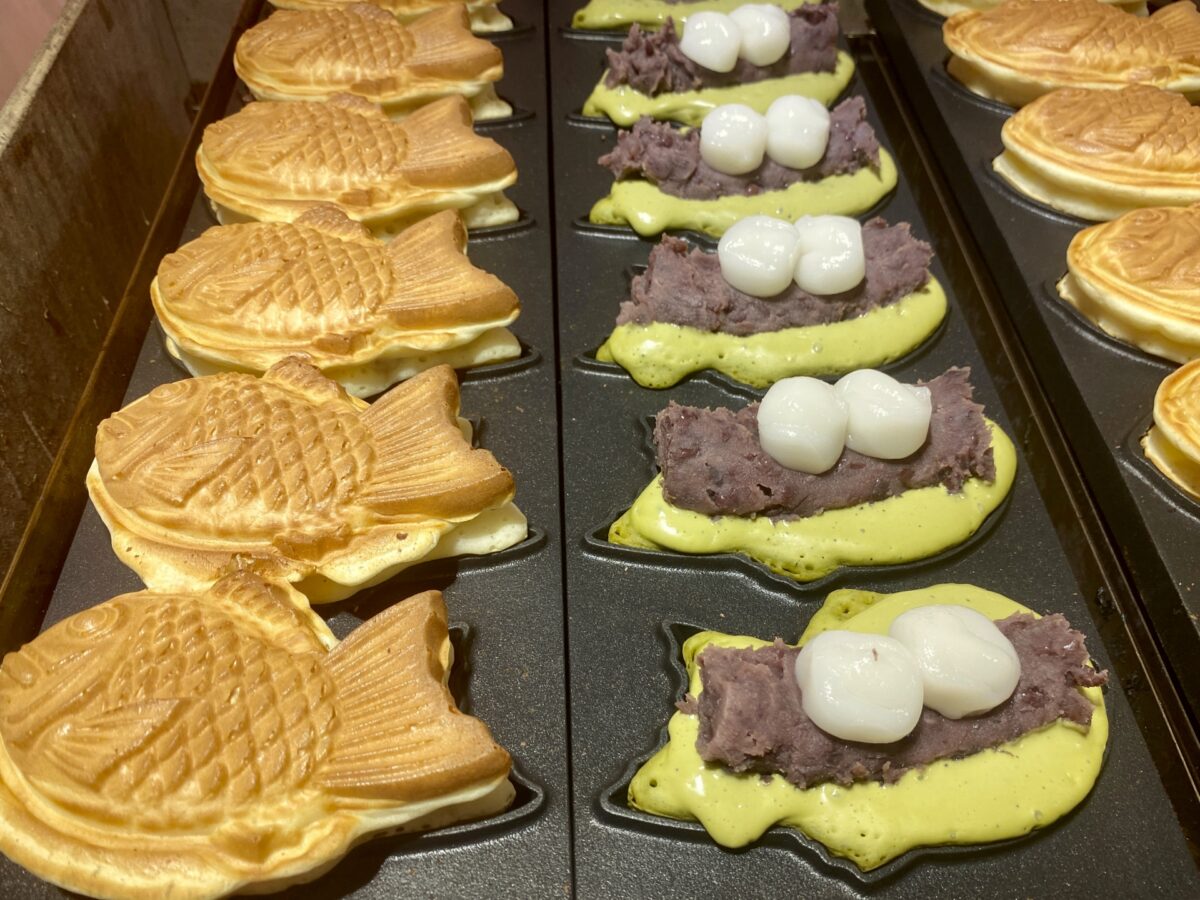
The stall serves them hot and freshly made, and the savory, freshly baked crispiness on the spot is exceptional. Of course, even after it cools down, it still tastes just as good, and can be enjoyed at a reasonable price of about 200 yen, a traditional Japanese flavor.
2. Dumplings 🍡
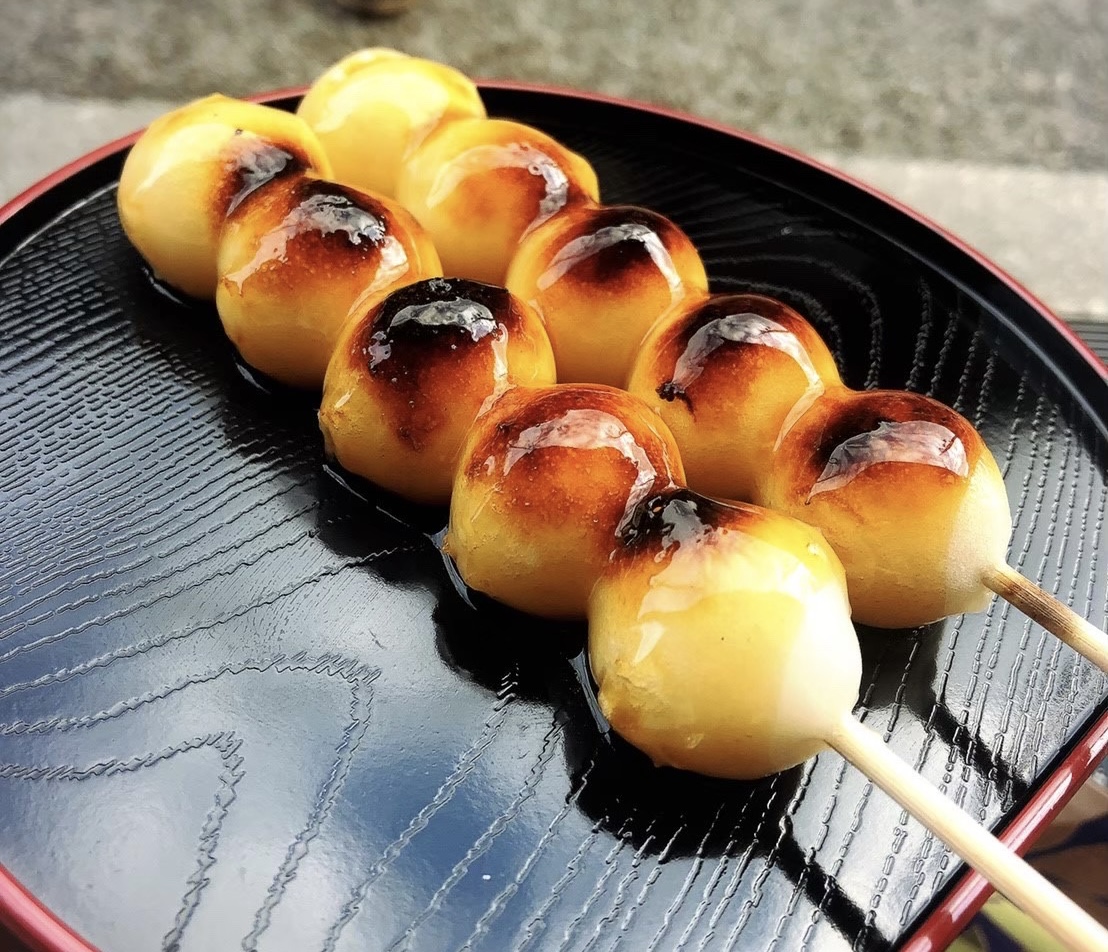
Rice is kneaded and baked or steamed to bring out its savory flavor. The flavor of these simple rice cakes varies greatly depending on what toppings are used.
Mitarashi sauce, a soy sauce-based sweet sauce, is the most classic. The rice cakes, grilled over the charcoal fire in the stalls, are slightly charred and very tasty when the hot sauce is poured over them.
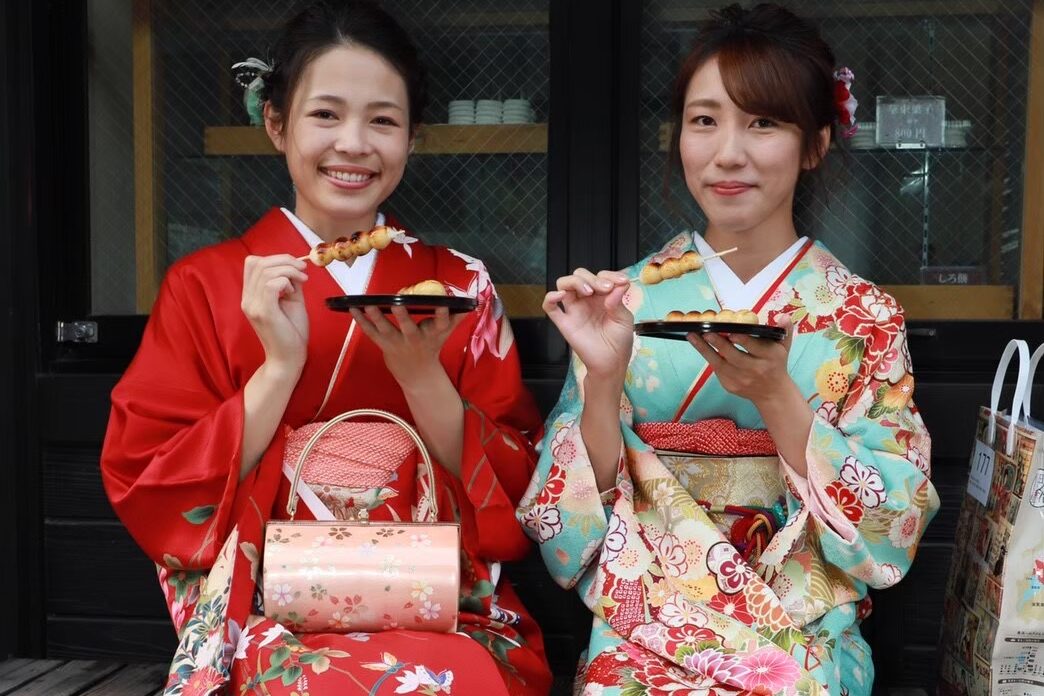
Other popular dumplings include those covered with kinako and dumplings topped with anko. They are often sold on skewers.

Simple dumplings with nothing on top are also available, allowing you to taste the simple flavor of the dumplings themselves.
The dumplings look cute, but they are three colors for a reason: the three colors are meant to ward off evil spirits.
These wagashi are born from the history of the Japanese people, who have long used food to bring good luck and wish for happiness.
Generally, you can easily taste them for about 100 yen each.
3. Daifuku
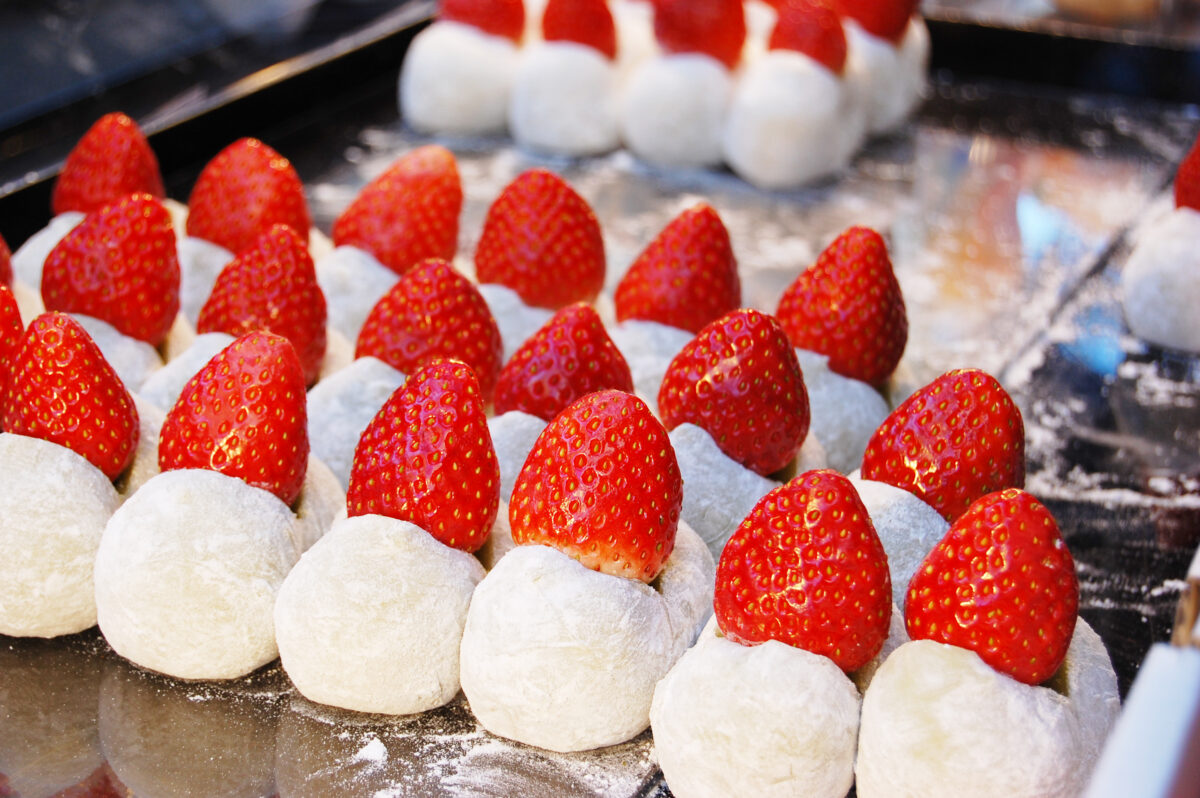
Daifuku has a soft and glutinous texture. Inside the Daifuku is wrapped with anko and sweet and sour fruits, especially the popular strawberry, whose exquisite taste is irresistible.

This is a popular Daifuku shop located near Todaiji Temple in Nara Prefecture, famous for its large giant Buddha and deer. I am usually satisfied after eating one Daifuku, but the Daifuku here is so delicious and not too sweet that I felt I could eat at least three.
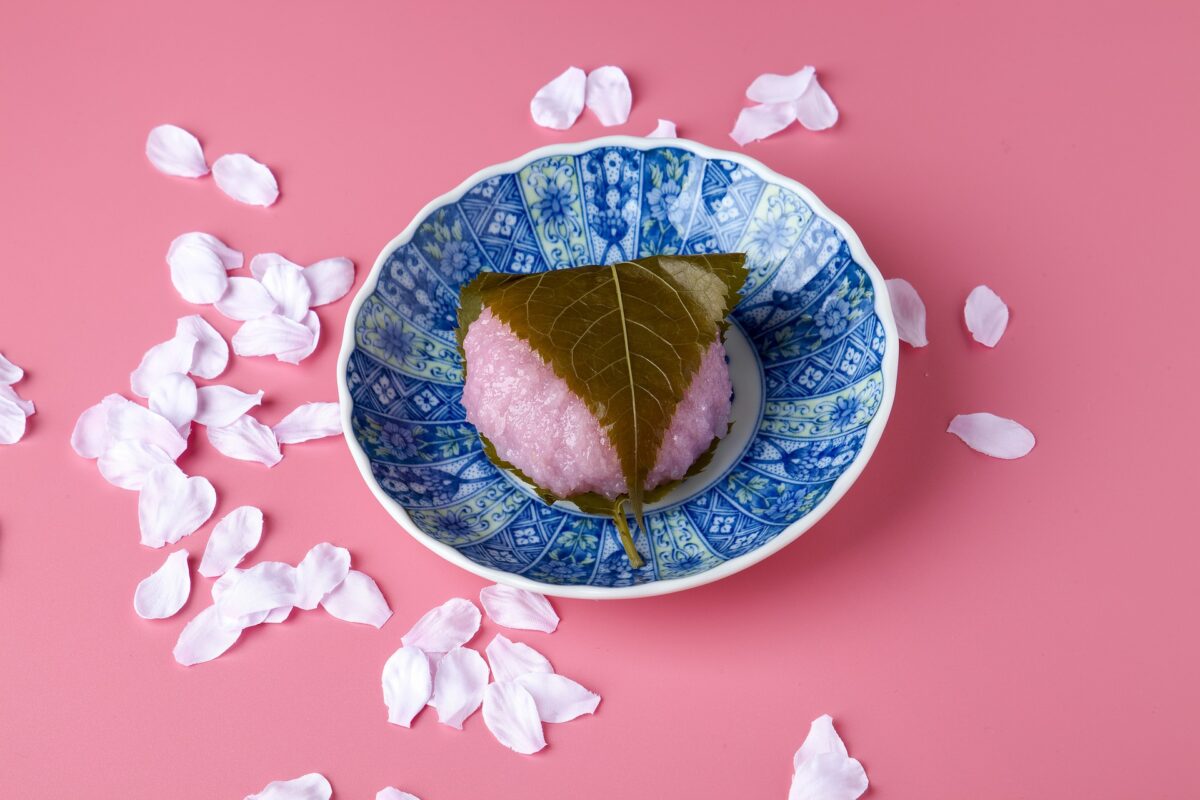
The seasonal sakura mochi(rice cake) sold in spring is also highly recommended. The elegant aroma of cherry blossoms wafts through the air, and with just one bite, you can feel the arrival of spring.
Daifuku, which can be found at food stalls and supermarkets in tourist areas, costs around 200 yen, and is a representative of a wagashi that offers superb taste at an affordable price.
4. Warabi mochi

It has both a glutinous texture and a jelly-like pull texture. It is generally eaten with kinako or molasses, and has a moderate sweetness that makes it hard to stop eating.

Warabi mochi are usually clear, but are also sold mixed with matcha green tea.
It is often sold at Japanese confectionery stores and food stalls in tourist spots.
5. Castella
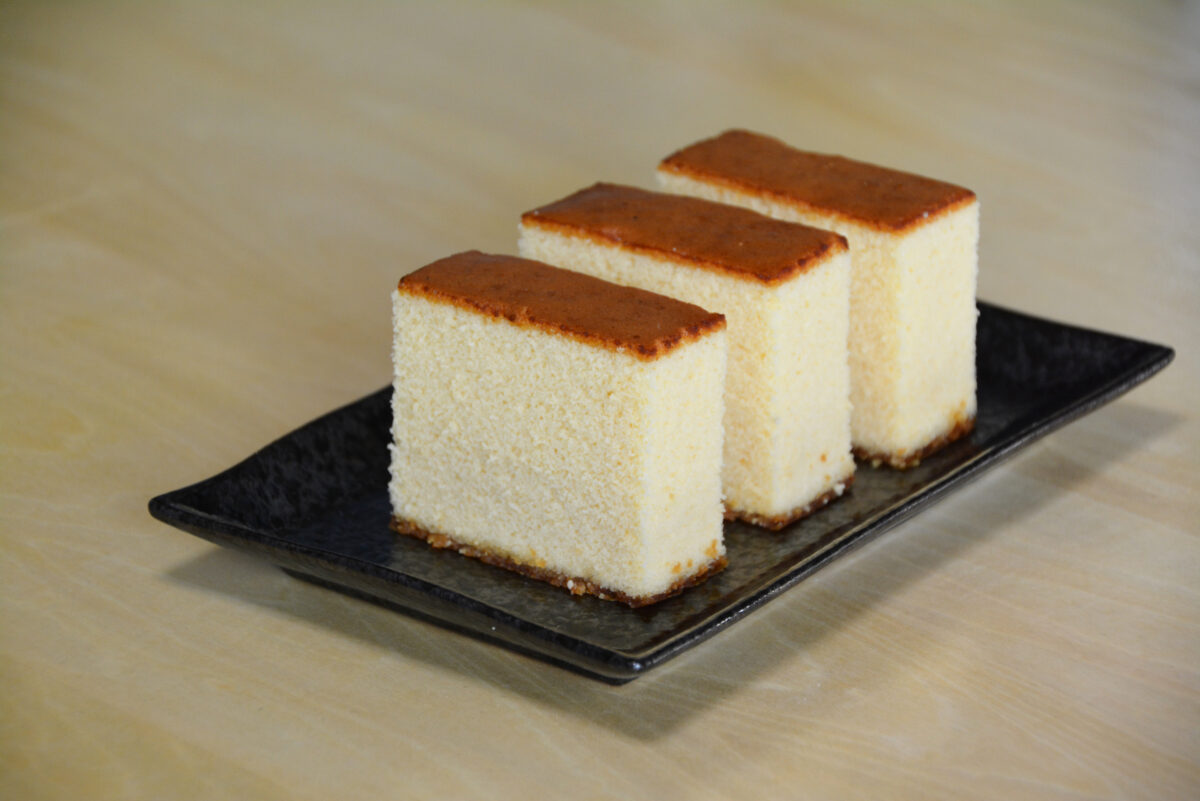
This golden sponge cake-like sweet has a unique color reminiscent of pudding and a slightly moist texture. In addition to sugar, honey is also used in this slightly sweet confection.
The sponge is sometimes filled with large grains of sugar, and is sometimes sold in a variety of flavors, such as green tea or caramel.
It is sold everywhere, but it is especially well known as a specialty of Nagasaki Prefecture, located in the western part of Japan, where many different flavors of sponge cake can be tasted.
6. Konpeito ⭐️
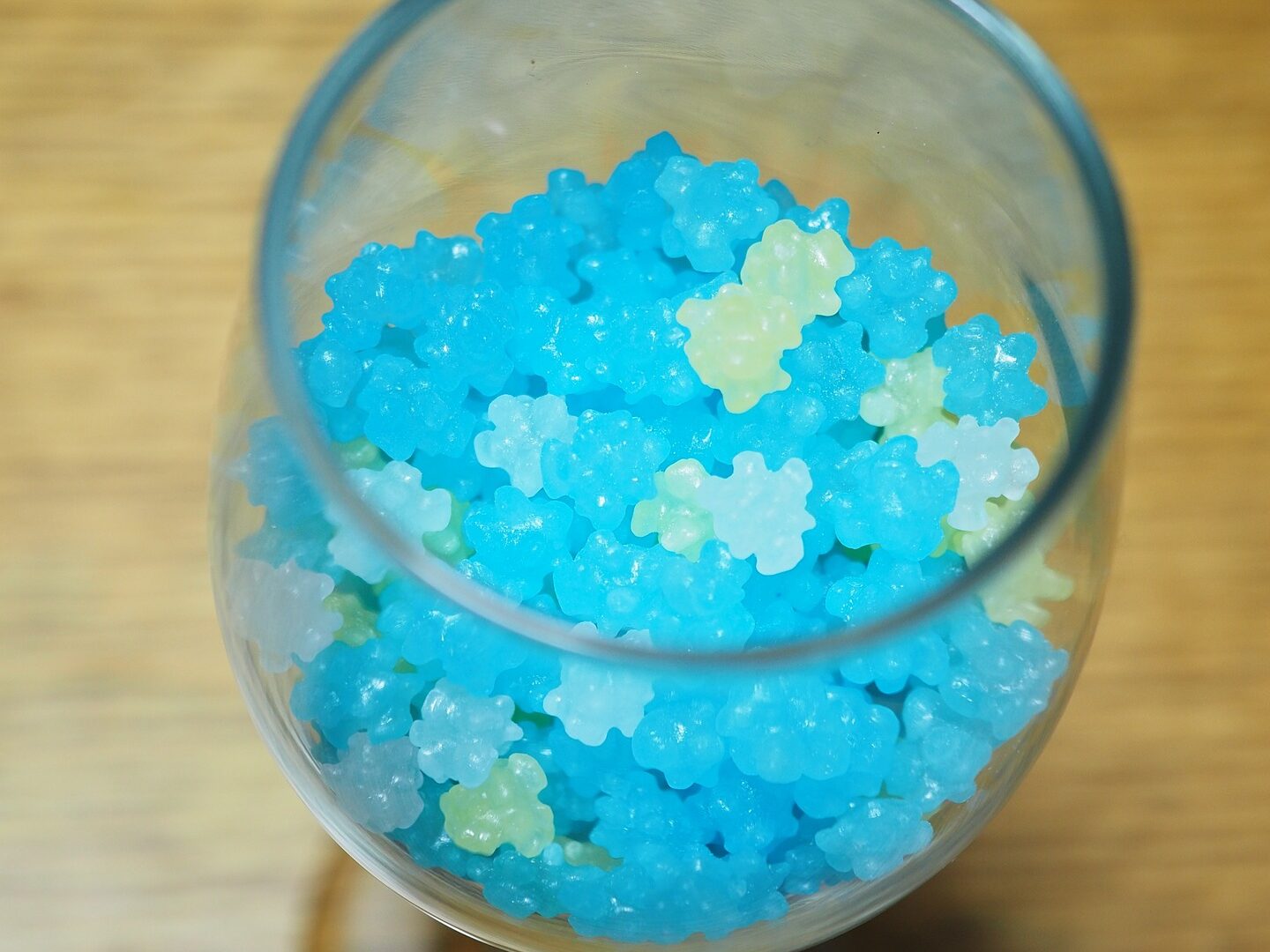
This very pretty looking candy, shaped like a star grain, is a sugar candy made mainly of sugar and syrup.
The colorful colors and cute appearance make it a perfect snack for tea time or souvenirs. The taste is the same regardless of the color, but the combination of various colors is very visually appealing.
Each piece is very small, so once you start eating it, you will not be able to stop.
7. Matcha green tea 🍵
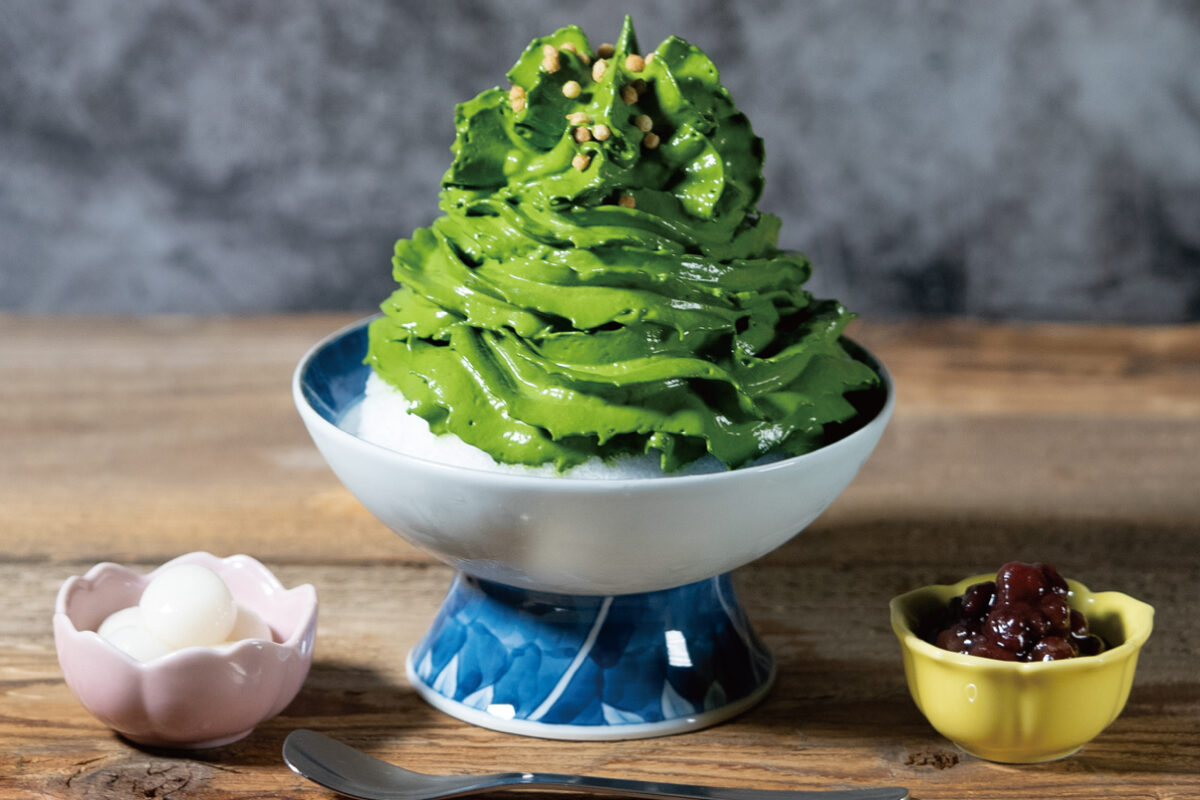
A finely ground powder of green tea leaves, it is deeply connected with Japanese tea culture. Matcha’s unique bitterness and deep aroma go well with sweet foods, and its bright green color makes it visually appealing.
There are many sweets made with matcha, including soft-serve ice cream, roll cakes, matcha parfait, and matcha lattes.
Because matcha and anko go well together, often matcha sweets are served with anko as well.
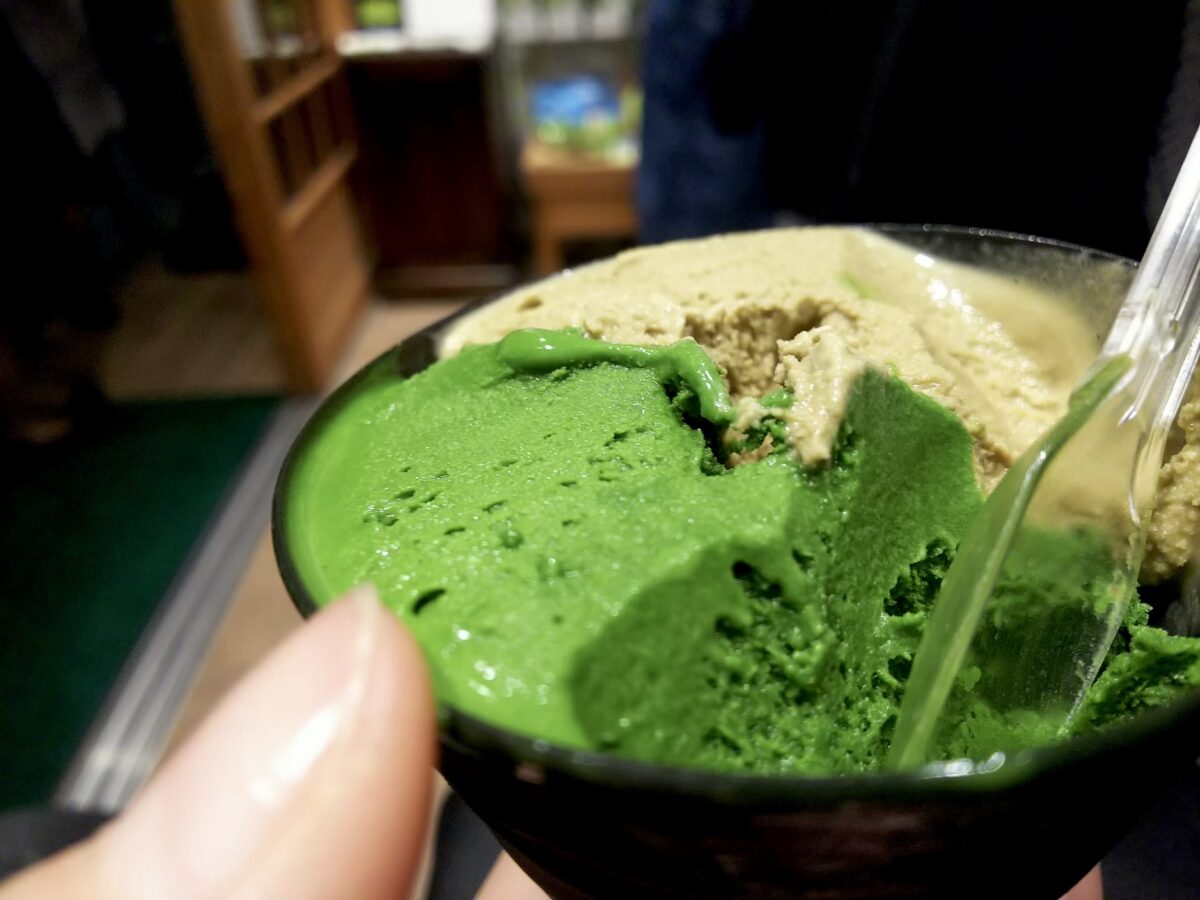
Kyoto Prefecture and Shizuoka Prefecture, home to Mount Fuji, are home to some of the finest tea in Japan, which is considered one of the three great Japanese teas.
I’ve had matcha desserts while traveling abroad, but the flavor and aroma of matcha in Japan is completely different. I highly recommend trying authentic matcha in Japan.
For more information on popular matcha desserts in Kyoto and Shizuoka, please check out our detailed guide.
8. Senbei(rice cracker) 🍘
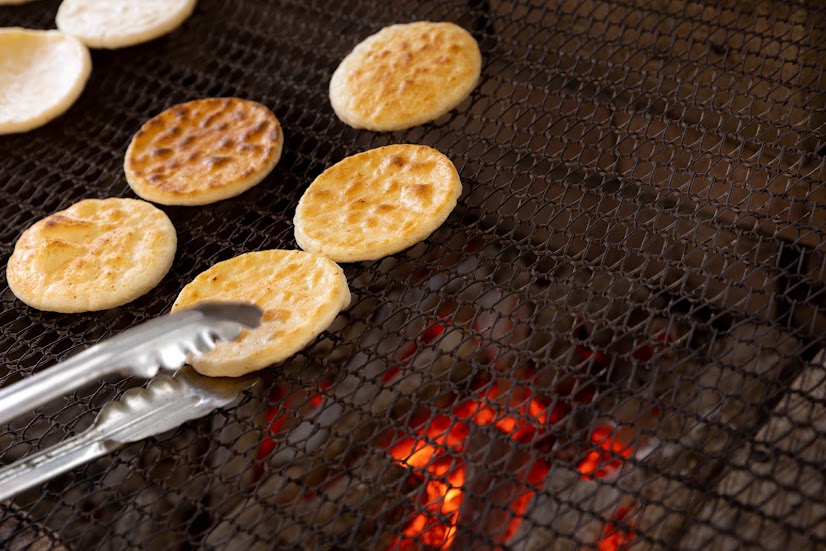
This traditional snack is made by stretching dough made from rice into a thin layer and baking or frying it.
They come in a variety of flavors, but the most common are soy sauce and salt flavors. They can also be wrapped in seaweed, or flavored with wasabi or ume plum.
At some food stalls, you can eat them freshly baked right in front of you.
Very tasty rice crackers can also be purchased at supermarkets for around 200 yen.
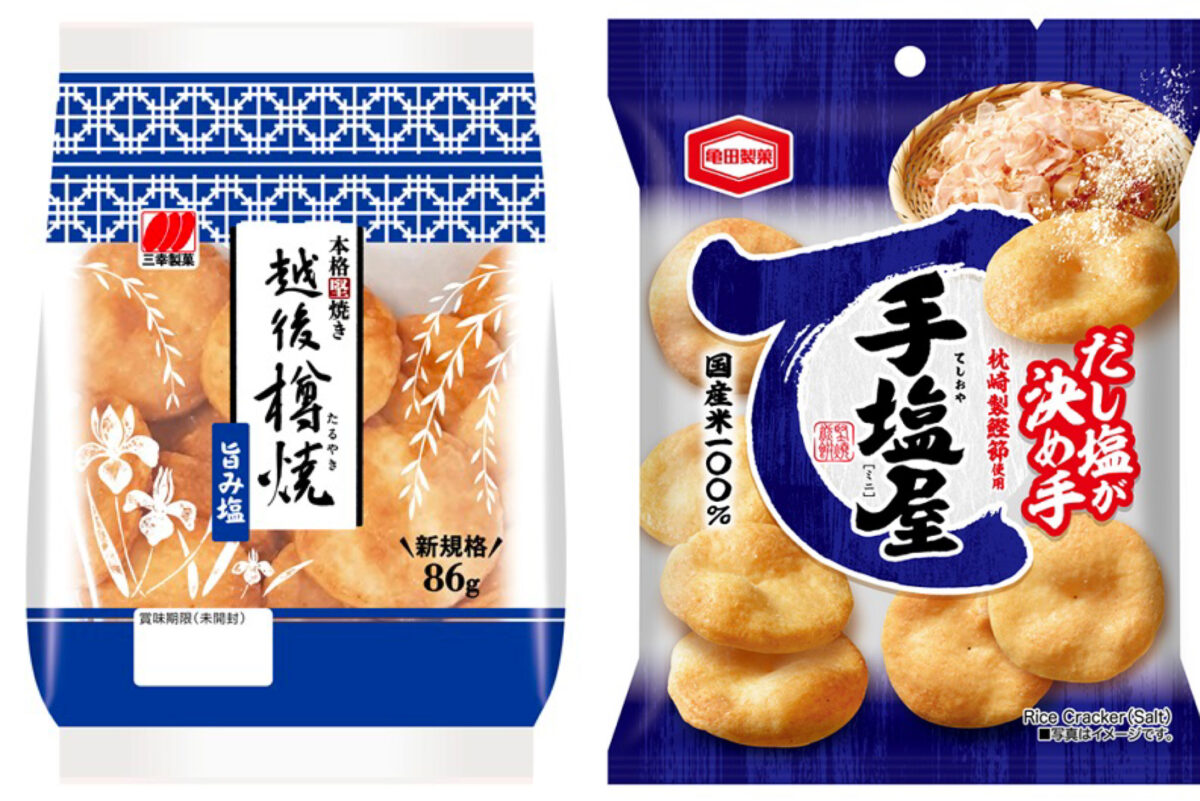
9. Karinto 🐶

I call this snack “Dog’s poop” to my foreign friends because it looks very much like dog’s poop. BUT It tastes very good and my friends rave about it.
It is a traditional stick-shaped pastry made by frying dough in oil and coating it with brown sugar syrup. The strong sweetness and crunchy texture make it hard to stop eating.
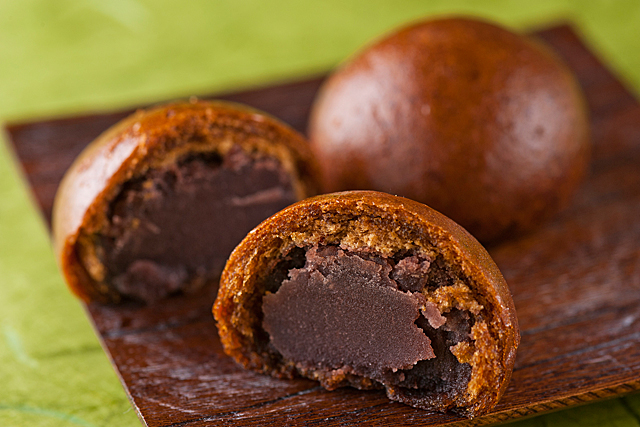
A Japanese confectionery made with karinto that I highly recommend is karinto manju. The combination of the crunchy, sweet batter on the outside, the soft, chewy bun inside, and the mildly sweet anko is exquisite. It is a unique gem among Japanese sweets, a perfect combination of tradition and innovation. This is also sold at 7-Eleven
They can be found in supermarkets for as little as 200 yen, so be sure to give “Dog’s poop” a try.
10. Dorayaki
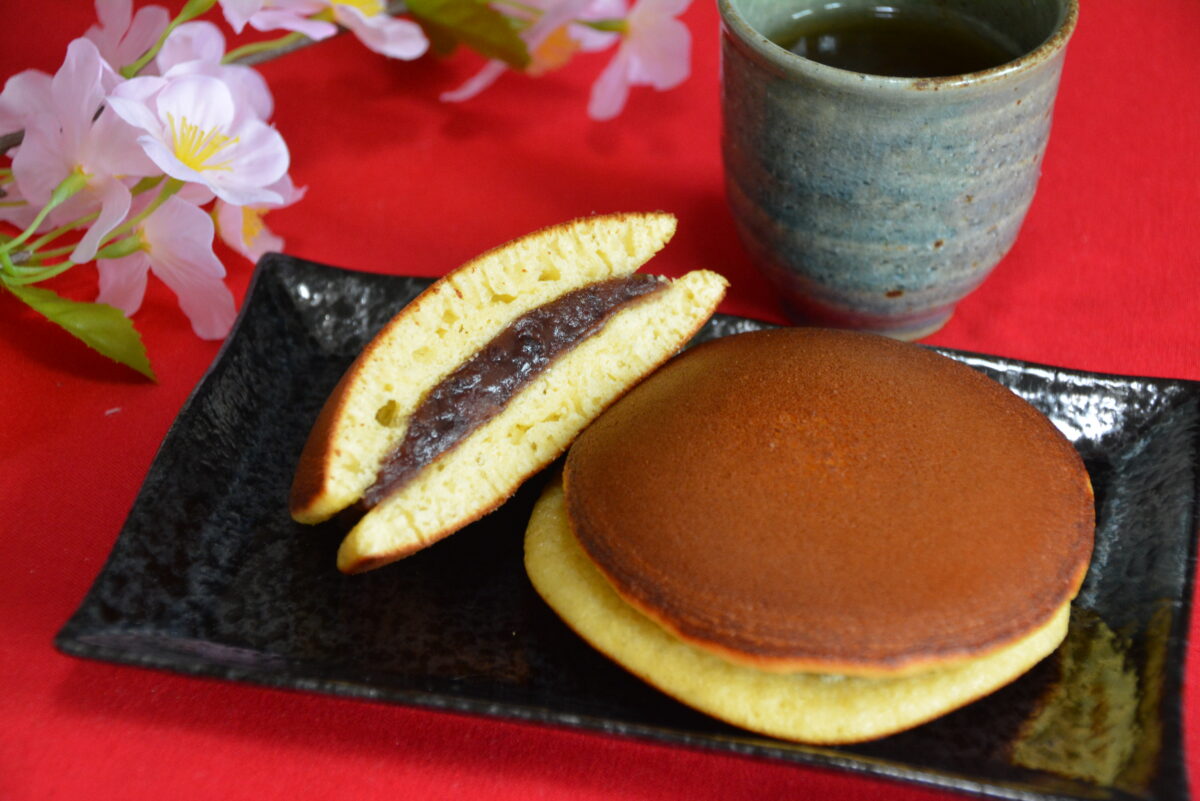
Dorayaki is a pastry consisting of two fluffy pancake-like pieces of dough with anko sandwiched in between. The outer dough is not too sweet and has a firm texture, which contrasts perfectly with anko inside. The butter inside adds a slightly salty flavor, which is a different taste.
They are readily available at supermarkets and Japanese confectionery shops.
Conclusion
Traditional Japanese confectionery has a wide variety of unique tastes and textures. Some are made mainly from rice, others with anko, and still others with matcha , all of which are steeped in Japanese culture and climate.
These confections are a colorful part of Japan’s four seasons, festivals, and everyday moments, and can be easily purchased at tourist attractions and supermarkets. When you visit Japan, be sure to taste these traditional sweets and if you want more tips, please check out my full travel guide for Japan.

